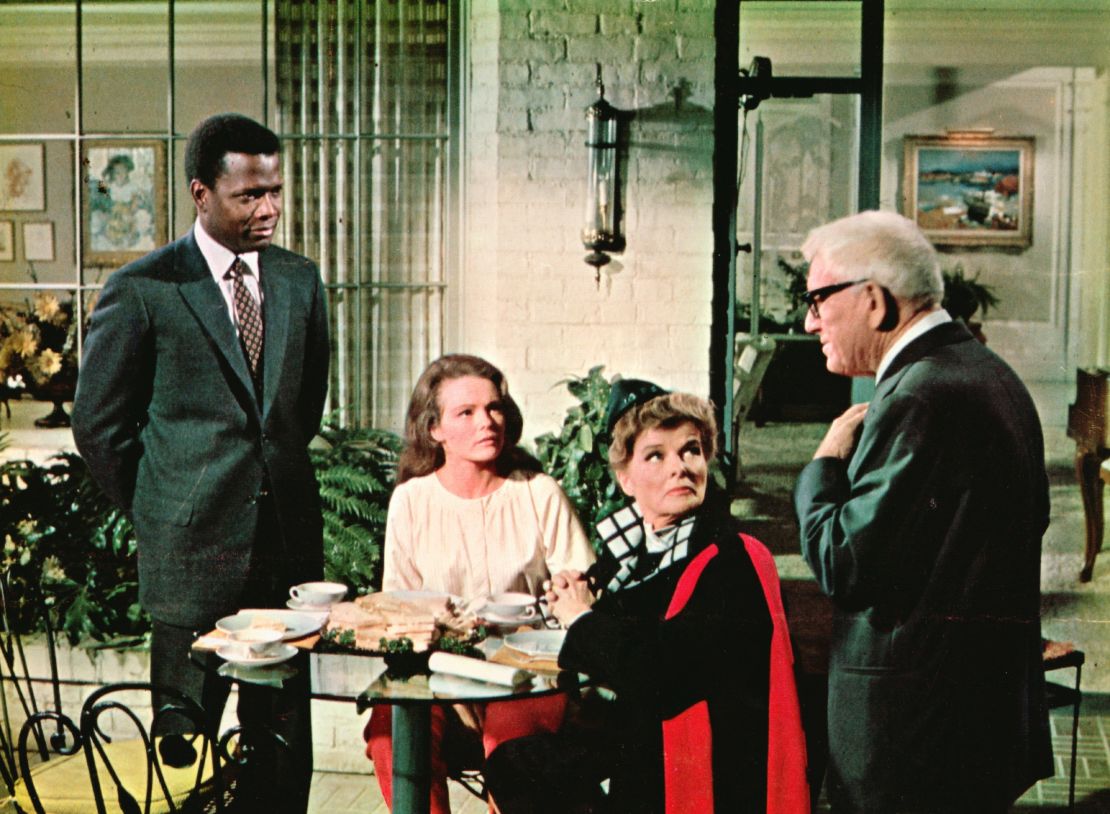Editor’s Note: Jeff Yang is a frequent contributor to CNN Opinion, a featured writer for Quartz and other publications, and the co-host of the podcast “They Call Us Bruce.” He co-wrote Jackie Chan’s best-selling autobiography, “I Am Jackie Chan,” and is the editor of three graphic novels: “Secret Identities,” “Shattered” and the forthcoming “New Frontiers.” The opinions expressed in this commentary are his. Read more opinion on CNN.
It’s time for us to take a long, hard look at the word “classic.” It’s a term accorded to works that, in the eyes of those who decide such things, have allegedly “stood the test of time” and become part of a canon of exceptional expressions of human creativity. Being an informed and sophisticated person requires a familiarity with classics, and much of our education is built around these works. The classics define culture, and they define being “cultured.”

But people are increasingly realizing that adherence to this definition creates a phenomenal problem: Time moves forward, society evolves and changes, but classic works stay the same – dragging the values, attitudes and mores of long-gone eras along with them. And while we can’t change the past, we can reflect on it, critique it and challenge it. That’s exactly what Turner Classic Movies (TCM) has decided to do with the new series, “Reframed Classics,” that will showcase and discuss 18 culturally significant films we might call “problematic faves.”
All of these films were made between the dawn of the “talkie” era and the 1960s, when America began a long-deferred reckoning with the ugly realities on which our nation was built – a history that includes slavery and institutionalized White supremacy, Native genocide, xenophobic exploitation and exclusion, the demonization of disability, the persecution of LGBTQ individuals and persistent gender inequity.
I can’t commend TCM highly enough for choosing to create this series – as I’ve written before, framing the beloved, but offensive artifacts of our past with educational context is the right thing to do. Hiding or erasing our racist history doesn’t just create gaps in our cultural timeline, it eliminates teachable moments and allows us to pretend we’ve always been better than we are.
TCM conceived of the series as one part of a wider WarnerMedia strategy of placing classics into context (WarnerMedia also owns CNN). We first saw this when HBO Max briefly pulled “Gone With the Wind” from its streaming platform this summer, before restoring it with an introductory message from film scholar and TCM Host Jacqueline Stewart and a paired panel conversation moderated by historian Donald Bogle. Packaged together in this way, WarnerMedia was able to ensure that the film could be simultaneously appreciated for its artistic merits and interrogated for its grossly stereotypical imagery and romanticization of slavery.
The first season of the new series, which launched on March 4 with a quartet of films, began, naturally, with “Gone With the Wind.” It also featured “Seven Brides for Seven Brothers,” a film that treats the kidnapping and forced marriage of women as a rom-com meet-cute; “Rope,” a Hitchcock thriller that some have suggested places the murderous nature of its protagonists in a homoerotic subtext; and “The Four Feathers,” a war film that casts Arabs as “savages” and uses dismissive slurs to reference them, while casting the British colonization of the Middle East as a test of courage for White men.

On March 11, the series addresses the patronizing feminism and casual stereotypes of “Woman of the Year,” explores “Guess Who’s Coming to Dinner” – a film that challenges racism, but in doing so leans into other stereotypes, including the “model minority” – and critiques a trio of films that feature white actors wearing various shades of facepaint to embody “ethnic” roles: “Gunga Din,” “Sinbad the Sailor” and “The Jazz Singer.”
On a personal basis, I applaud TCM’s decision to include two notorious chapters from Hollywood’s long love affair with yellowface: “Breakfast at Tiffany’s,” the beloved Audrey Hepburn rom-com, which famously features Mickey Rooney as the grotesque Mr. Yunioshi, and “Dragon Seed,” which features the great Katharine Hepburn as part of an entire cast of eye-taped white Hollywood mainstays playing Chinese villagers and Japanese soldiers.
Of the two, Tiffany’s is the one that continues to be screened regularly, including by TCM itself, which staged a limited re-release of the film on more than 650 theater screens in 2016. (It’s bound to get even more exposure this year, which marks the movie’s 60th anniversary.) By contrast, “Dragon Seed” is rarely if ever shown in public, even though it was critically acclaimed at the time and garnered a Best Supporting Actress Oscar nod for Aline MacMahon’s turn as a character only known as “Ling Tan’s Wife.”
Tiffany’s popularity has forced a continued conversation about Hollywood’s racist history of yellowface. “Dragon Seed’s” erasure has allowed us to forget how many of our “classic” cinematic greats were party to that history: Not just Rainer, Brenner, Rooney and Hepburn, but Myrna Loy, Edward G. Robinson, Peter Lorre, Anthony Quinn, Alec Guinness, Tony Randall, Rex Harrison, Fred Astaire, Marlon Brando, John Wayne, John Gielgud, Peter Ustinov and Peter Sellers – often with critical praise and commercial success.
To this day, the same number of White actors have won Academy Awards for roles in which they wore yellowface makeup (Luise Rainer, German-Russian American Yul Brenner – who frequently exaggerated his trace Mongolian heritage — and Linda Hunt, if you’re counting) as Asian actors in the history of the Academy Awards (Miyoshi Umeki in 1957, Ben Kingsley in 1982 and Haing S. Ngor in 1984). It’s a testament to how slow the gears of the industry turn, and the tremendous inertia they face in turning: This year, “Minari,” Lee Isaac Chung’s phenomenal exploration of an unseen side of Americana, seems destined to be relegated to “Best Foreign Language Picture” status, even though its director and most of its actors are Asian American. The lesson seems to be that Asians can be appreciated, but only when defined as outsiders, rather than an integral and essential part of the fabric of American society.
With this in mind, I’ll be avidly watching more of “Reframed Classics” – but I have a suggestion for the next installment of the series, if there is one: Give us a grand, unflinching tour of Hollywood’s legacy of yellowface. In an era where xenophobic rhetoric is common and attacks against Asians are rising, it’s critical for us to confront how deep the roots of anti-Asian bias run and how complicit the image-makers of Tinseltown have been in the process of dismissal, distortion and dehumanization.






